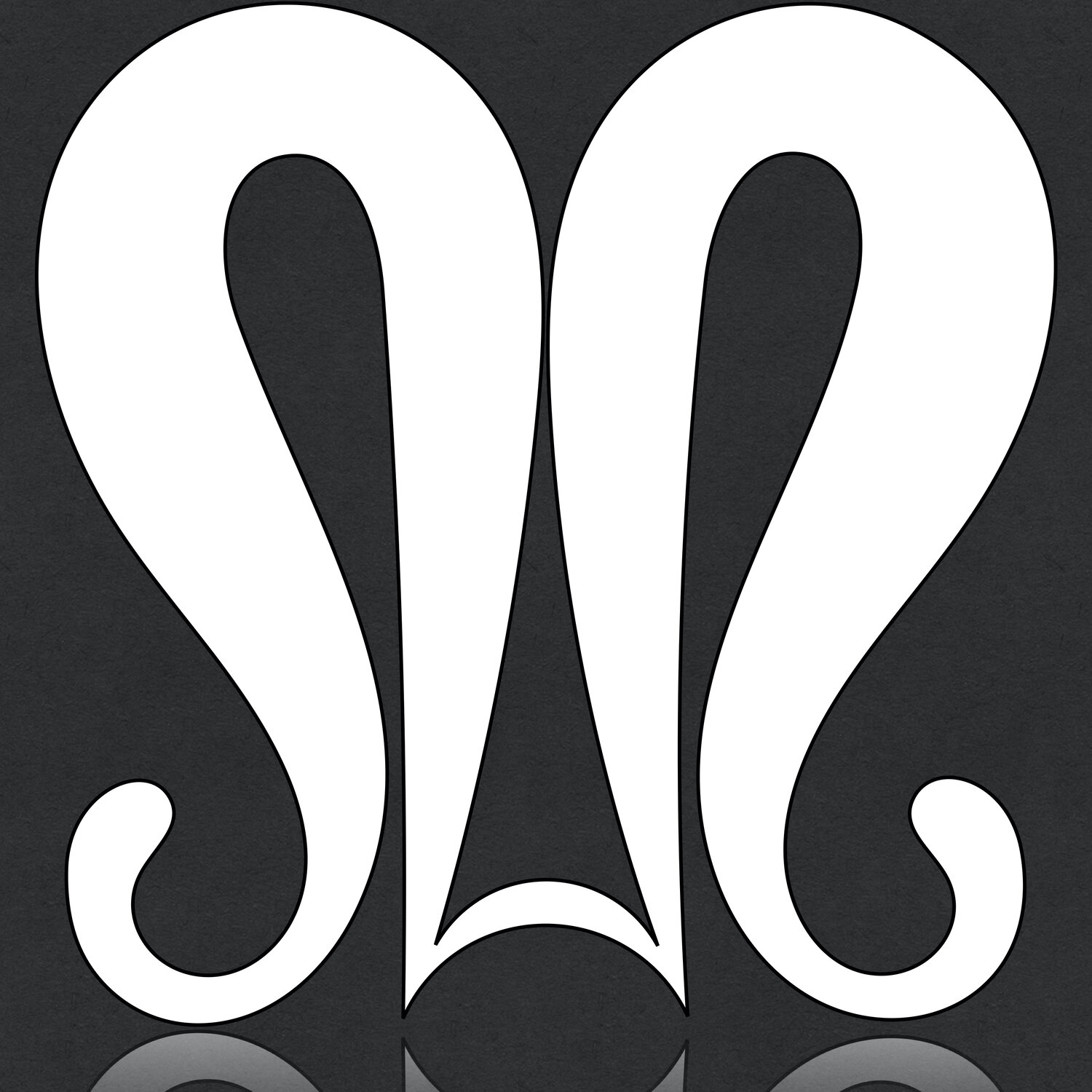Examining a Hosen Pattern
Originally Posted 06/04/2019 on themodernmaker.net
I do a lot of research, mostly about the things that interest me. Sometimes though, I will receive a request from someone to help them understand something that has come up in their research. Often its a garment shape or pattern draft that needs clarification.
Recently, I was asked about a Bara proportion system draft from an 18th century tailor’s manual by Albayzeta from 1730. In this book there is a layout for a pair of tight fitting trousers that are more like the 16th and 17th century bias cut hosen…tights, essentially.
As you can see in the above image, the pattern is written in both fraction notation and proportionate notation. As given, these would make a serviceable pair of hosen. As nice as the pattern is, its an 18th century draft and since we study the late 16th and early 17th centuries, we need to find evidence that we can work with that is within our era of study. So, the same person who requested clarification, also send the following photo of a pair of extant Hungarian hosen with a pretty extreme leg-spread. This pair would likely be very good for riding as it allows lots of fabric for the legs to spread wide, as they would need to while riding a horse.
The shape of the extant hosen and the 18th century pattern are similar. Thus begins our journey to find out how to draft them.
My first step was to take the 18th century draft into my Illustration program and trace it and label it according to my standard notation system in the Bara. Using the 18th century notations, I was able to understand which proportions belong where and from there, I could begin to interpret the shape of the extant garment.
Once that was complete and I had a good understanding of the concept of the hosen, I moved on to labeling and interpreting the shape of the extant garment as you can see in the next image. The proportions have moved slightly, but the net quantities remain the same.
With the initial research and study out of the way, I now have to make a pair to test. I grabbed the Bara tapes for my waist, hip and length and set to work trying to make a good pattern of something I’ve not drafted before. Since I can clearly see a front leg shape that resembles trousers I’m accustomed to drafting, I chose to start there. I plotted the outseam, then started to eyeball the placement of the waist tilt, the front and back widths and angles as well as using the tape measure on my own body to double check that the numbers were good.
My draft ended up looking like a hybrid between the two styles. Perfect as far as I’m concerned.
My next task was to cut them out and try them on. The measurements told me that these should fit reasonably well. I knew that there would be extra fabric in the crotch because of the angle of the center front line. I cut them out of a 40” by 60” wide piece of worsted wool that I had leftover from a project from many, many years ago. I had to piece them a little bit, but I got them out of the scrap with little left over to waste.
All in all, I think it was a successful exploration of a garment that I’ve made very few of in my years…most of which were terrible to look upon. This pair, however, was easy to intuit and comfortable to wear. I can see just how easy it would be to get used to wearing them.
Special thanks to the individual who asked and thanks to all of you for being patient with my photos!
ADDENDUM!!!: It was brought to my attention that the extant pair of hosen may well be an 18th century surviving garment and therefore still does not represent a historically accurate set of hosen for the late 16th/early 17th century. SO, in order to provide as much accuracy as possible, I used the proportions that seem consistently based on the human body rather than styling and created a new draft following draft. The original draft comes from a Polish Manual from the late 16th century. There is also a codpiece, but I haven’t worked out a proportionate draft for it yet…more to come, of course!
All the best and HAPPY STITCHING!!








